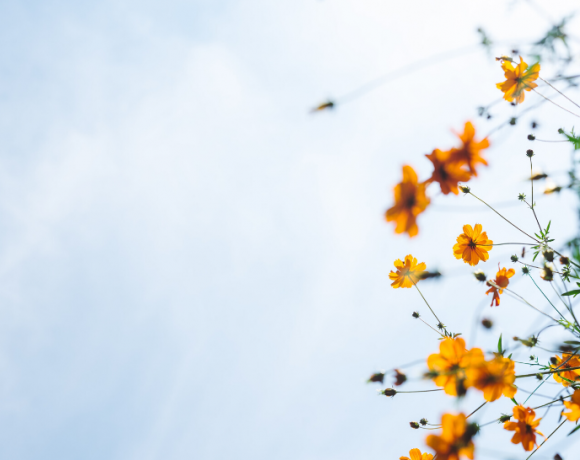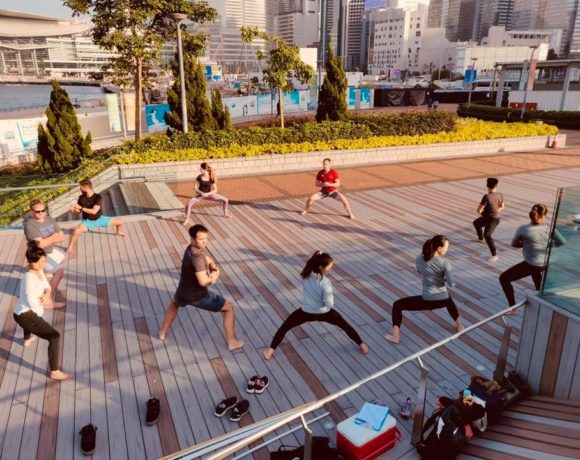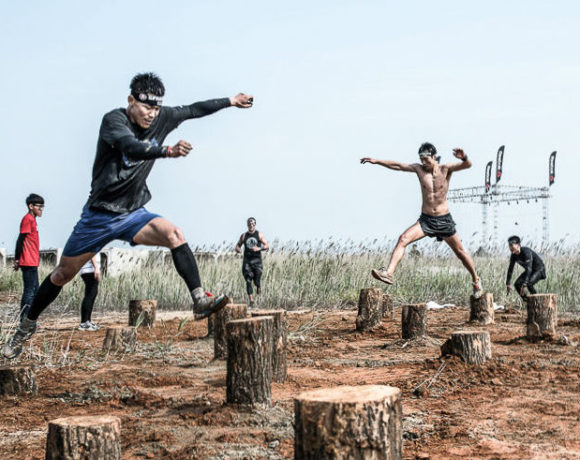I discovered Tea—or more accurately, Tea called out to me—in late 2019 when I was still living and working in Hong Kong. As a Malaysian-Chinese transplant, I was somewhat of a “tea snob” for sussing out “good tea” (think flavoured tea, fancy triangular tea bags with herbal infusions and lots of green tea. Key weakness: gyukuro).
When I sat down for my first-ever tea ceremony at Fivelements Habitat with my dear Tea sister May Nogoy, boy, was I in for a surprise. The nonverbal transmission I received during that single sit was so transcendental—so beyond even this version of me, who abides by a daily practice of meditation and strong affinity with spirituality—that I went back one month later. At that point, I was very certain that Tea had called me forth. I knew that I had to serve, and thus began my journey on The Way of Tea.
Today, with a daily practice of meditation and Tea ceremony, I have found a way to feel a deep and profound connection with Nature, and hence a connection with my heart.
What is tea ceremony meditation?
A tea ceremony meditation is basically finding a quiet corner that you can turn into a sacred space, and setting out a tea stage (or chaxi in Mandarin) to sit with Tea in reverent silence. Bowls come in for refills and go back out again.
In ancient times, Tea was a bridge that Zen monks in China and Japan and shamans used in their daily meditations and for medicinal purposes respectively. In fact, for the Zen monks, because Zen practices involve no doctrine and no propaganda, Tea was useful in transmitting the enlightenment gained from their daily meditations.
As Wu De, founder of Global Tea Hut, often tells us: “…approach Tea as an aspect of self-cultivation, using the mindfulness of our Tea practice to live more peacefully and true to our guiding principle. We also focus on Tea as a Way (Dao, 道) of finding harmony within and without; connecting to Nature through the mountains, rain, wind and sun in the leaves; and connecting to others through our service.” The Dao becomes us when we live it.
Learning to serve Tea with reverence, patience and love, I have found a way to love myself, love life, and feel into all of my imperfections—as well as the perfections that stem from these very same imperfections. By living the Dao, I find myself easing into difficult moments breath by breath through what I learn from setting up each and every chaxi: patience, love, and self-discipline through mastery.
Why tea, and not coffee?
Why Tea, you may ask, at this point? Why not coffee, cacao or even, Coca-Cola (gasp)?
There is really nothing as connected as Tea. As Wu De says, “Tea combines the basic elements of life—heat, water and leaves—in a way that stills our hearts, circulates our energy and harmonises us with our Source. Enough of that and we begin to live in harmony with our true nature. This heals us individually, and then by extension our societies and species. When we are healthy and awake, the world will sing through us, and all our consciousness and creative power will then serve the aims of the whole. Tea can help us remember to live and create in harmony with the world’s desires, which at the deepest level are also our own, if we but awaken and look clearly.”
Quieting the mind through Tea and meditation, we can hear the whisper of our souls more clearly—allowing us to trust our bodies to send signals about what to take in that is truly nourishing and feeds our cells and souls. We often see ourselves as an infinitesimal being in the whole of the universe, but this infinitesimal is made of stardust and we shine our own light in our own way. When we sit with discomfort—as I would do once a while in meditation—we allow ourselves to sit with stillness, and in stillness we can find means to clarity and acceptance.
If you have problems, drink Tea; if you don’t have problems, drink Tea!
Wu De
With the Tea spirit, I can accept the beauty in simplicity and come back to my heart space with no judgement, because Tea teaches us always. She humbles us and has filled my roots, drawing them deeper and deeper into the soil of my inner being. It is always when I am sitting in silence with Tea that I feel this immense gratitude, love and light, as my third eye chakra opens up to absorb the bright, endless abundance of light showering down on me, transmuting from sip after sip of this hot steam and dark liquid.
I don’t know what it is, but She never fails to weave Her magic, quietly, to allow the essence of my higher self come through—our higher selves that always know that we are abundantly blessed and loved, our higher selves that resonate with the Universe’s unconditional love for each and every one of us. We may feel so alone and forlorn in this world at times; we may feel like we need to keep giving and compromising to be loved and acknowledged: how about instead of all that pandering, we choose to sit still and root in?
I am grateful for the opportunity to serve Tea and help people reconnect with Nature, and hence with their hearts, with their truths. In the age-old practice of drinking Tea in a sacred ceremony, with reverence and in silence, alchemy happens—one starts to feel its Qi stir up something dormant within us, and when we rediscover the Nature that is within us (for are we not made up of all the elements of Mother Nature?) through Tea, which leaves are distillations of the rain that was in the clouds, the earth of the mountains, the wind that whispered through the pines, and its aliveness brought to life through these human hands?
Wu De wrote eloquently in his book, Tea Medicine, “Some people begin a meditation practice and quickly realise a kind of schism between the more peaceful mind on the cushion and the mind that has to navigate all the practicalities of a day. The insights don’t always translate so well. Sometimes you may feel as if your meditation is blissful, but that peace is soon forgotten when you get into traffic. Tea helps bridge ordinary life. As they say, ‘If you have problems, drink Tea; if you don’t have problems, drink Tea!’ Tea can be a celebration of our life from the mundane to the sacred space or help translate the sacred space into our ordinary day.”
How to participate in a virtual tea ceremony meditation
- Find a quiet corner to sit in silence for the tea ceremony.
- Prepare a bowl or cup of tea with a flask or kettle of hot water nearby. (If you have no loose leaf teas, simply pour the steaming hot water into the bowl/cup and drink in tandem with me.)
- As you sit in silence, begin to become conscious of the Qi the heat is catalysing within you. Continue to sip on the water/tea, and start to sink into this meditative silence. The bowls, which come and go during the tea ceremony, are symbolic mandalas of our connection.
- As we sit together, we drop all egos and identities by simply being ourselves, with the conscious awareness that we will all eventually leave this ceremony to go on with our lives. It is my honour to sit and connect us all in the moment—and the moment that is all that matters.
- After the live session, I will open the floor to reflections, questions, and of course, a chat.
Join Liying for virtual tea ceremony meditations on Instagram @liyinglimmm and learn more on whenstillwatersspeak.com








COMMENTS ARE OFF THIS POST